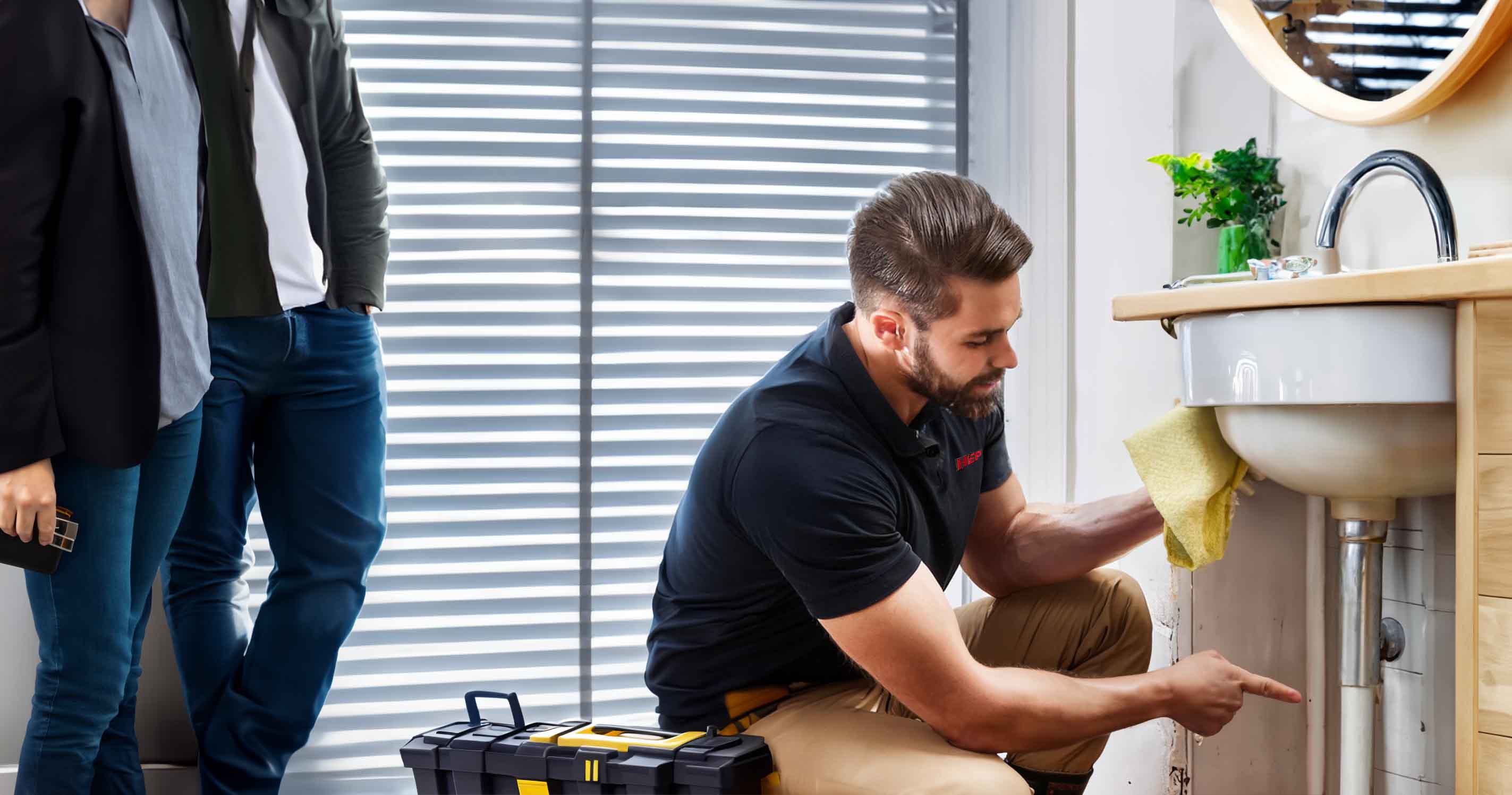- HEP
- Water-saving Fixtures

 Water-saving Fixtures
Water-saving Fixtures
Water-saving Fixtures | Toilet Upgrades and Replacements | Plumbing | Bean Station
Discover how easy it is to cut monthly utility costs and conserve Bean Station’s precious water supply with HEP’s water-saving fixtures. Our licensed plumbers specialize in toilet upgrades and replacements, swapping out leaky, outdated commodes for sleek high-efficiency models that use as little as 1.28 gallons per flush. From touch-free dual-flush valves to compact comfort-height bowls, every option is handpicked to maximize performance while shrinking your environmental footprint.
Scheduling is simple, installations are mess-free, and most projects are completed in a single visit—giving you immediate savings without disrupting your day. Whether you’re finishing a bathroom remodel or just tired of a constantly running toilet, count on HEP for transparent pricing, courteous service, and a workmanship guarantee that lets you flush with confidence.
FAQs
What qualifies as a water-saving or high-efficiency toilet, and how much water can I expect to save?
Water-saving toilets are models that use 1.6 gallons per flush (gpf) or less; the most common are "high-efficiency" (HET) units that use 1.28 gpf and WaterSense-labeled dual-flush toilets that average 1.1–1.28 gpf. If your current toilet was installed before 1994, it likely uses 3.5–7 gpf. Upgrading can cut toilet water use by 50–70 %, saving an average Bean Station household 10–13 thousand gallons and $110–$140 on water/sewer bills each year.
Are low-flow toilets powerful enough to prevent clogs?
Yes. Modern HET and dual-flush toilets rely on redesigned bowls, wider glazing, and pressure-assisted or siphon-jet flushing technology to move waste efficiently with less water. Independent MaP (Maximum Performance) testing certifies many WaterSense models to clear 1,000 g of waste in a single flush—significantly more than an average household produces. Proper installation and matching the trap-way size to your plumbing further reduce any clog risk.
Can I retrofit my existing toilet to be more water-efficient, or should I replace it entirely?
Simple retrofits—such as dual-flush conversion kits, adjustable flappers, and fill-valve flow restrictors—can reduce consumption by 0.5–1 gpf. However, older 3.5-gpf or larger tanks often rely on that extra water for bowl rinse and trapway clearing, so retrofits may lead to double-flushing or clogs. If your toilet is over 20 years old, has cracks, mineral buildup, or recurring leak problems, a full replacement with a WaterSense-certified HET is usually the most reliable, long-term, and cost-effective option.
Are there rebates or incentives in Bean Station or Tennessee for installing water-saving toilets?
Yes. The Tennessee Department of Environment & Conservation (TDEC) periodically offers WaterSense rebate programs, and many local utilities, including Bean Station’s water department, provide bill credits of $25-$75 for each qualifying HET installed. Some Madison County electric co-ops also bundle water-conservation rebates with energy-efficiency loans. Our team will supply the model numbers, receipts, and verification forms you need and can even submit the paperwork on your behalf.
How long does a typical toilet replacement take, and will my bathroom be out of service during the work?
A standard remove-and-replace job takes 1.5–2.5 hours per toilet, including removal of the old unit, inspection/clean-up of the flange, wax ring replacement, and leak testing. Your bathroom will be briefly unavailable while we shut off the water and swap fixtures, but you can resume normal use the same day. If flange repairs, subfloor rot, or supply-line relocation are needed, the work may extend to half a day; we’ll notify you before we begin.
What maintenance is required to keep a high-efficiency toilet performing at its best?
Maintenance is straightforward: (1) Inspect the flapper or flush valve seal once a year for wear—replace if it feels brittle or water stains appear in the bowl. (2) Use non-abrasive cleaners; harsh chemicals can damage glazing and rubber seals. (3) Avoid drop-in tank tablets, which can erode valves. (4) If you have hard water in Bean Station, run a diluted vinegar rinse through the rim holes every six months to prevent mineral buildup. Follow these steps and your HET should deliver 20–25 years of reliable, water-saving service.